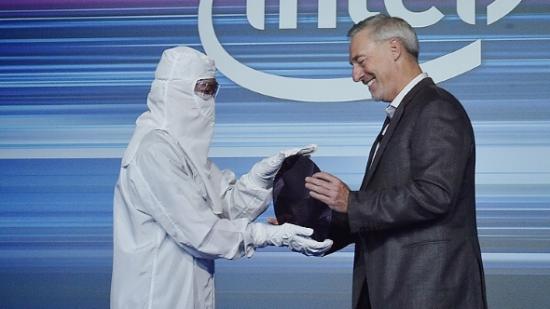However you spin it, AMD gave Intel a bit of a kicking over the last year. You can still argue about Intel’s overall performance lead, their vast revenue streams, and that they still have the highest core-count processor, but they need more than that if they want whip the AMD upstarts in 2018.
Check out our pick of the best CPUs for gaming right now.
I’m pretty confident if you were to ask Intel how 2017 had been you’d hear a lot of bluster about their 18-core Skylake-X Core i9, and about how they’d released the most scalable CPU range there’s ever been. You might also hear about how they’d squeezed six HyperThreaded Intel cores into their mainstream desktop range for the first time and how it was the absolute bestest CPU for gamers.
Well, that’s arguably what you’d hear if you spoke to anyone from their marketing department anyways. Anyone outside of marketing trying to feed you such PR spin is probably just talking out loud to convince themselves and barely even noticed you were trying to get their attention.
The reality is that Intel had no idea how good the AMD Ryzen range of processors was going to be, what they were planning to do with their secret mega-core Threadripper lineup, and had no plan in place for how to respond. That resulted in a seemingly panicked Intel yanking in the release dates for every single processor launch post-Ryzen. That, in turn, either screwed over the motherboard vendors, meant customers couldn’t actually buy the new CPUs, or resulted in the early retirement of erstwhile CPUs that had only launched a few months back.
It was all a bit of a mess.
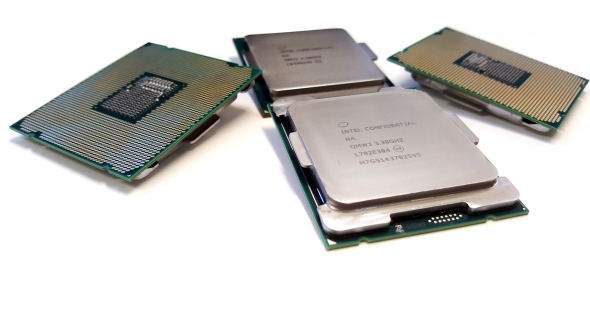
So what can Intel do to turn things around in this new year? Start early. The Consumer Electronics Show (CES) kicks off in Las Vegas in January, and we’d be willing to bet there will be some serious Intel-ing going on up and down the Strip. But the very first thing they need to do is make sure they get the Intel Coffee Lake stock situation sorted and ensure there are enough CPUs to go around.
The effectively paper launch of Coffee Lake feels like it was a damaging step for Intel. They made big noises about a new generation of processors, released them to the press garnering positive reviews, then only had a handful of retail chips to go around the world. These new chips made at least three of the recently released Core X-series CPUs obsolete and meant that no-one wanted to spend any money on the only Intel processors you could actually buy. Why would you even think about buying a Kaby Lake chip when the promise of Coffee Lake is being dangled like a silicon carrot in front of you?
Intel also need to sort out the Z370 motherboard monopoly. Having only a single possible chipset choice is unforgivable right now. There are reports Intel are prepping a host of new Coffee Lake CPUs for the new year, as leaked via a recent AIDA64 update. So long as these come in decent numbers, alongside the previously ‘launched’ Core i7 8700K, i5 8600K, and i5 8400, that’s great. But if they launch a slew of new chips – featuring four Core i5 CPUs and four Core i3 – without bringing us the mainstream H370 and B360 chipsets they’re missing a trick.
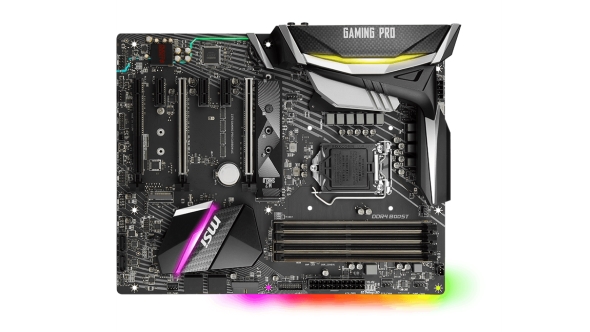
Intel have to get the two lower-end motherboard chipsets released as soon as they can. They’ve created, what I think, is the best gaming CPU they’ve ever made in the Core i5 8400. It’s rocking six full Intel cores, has fantastic single-threaded gaming throughput, and a bargain price… at its release RRP at least. But when all you can partner it with are expensive Z370 motherboards then it’s a waste. The same can be said of the Core i3 8350K, a chip which is effectively just the best gaming CPU of the Kaby Lake generation but with a $100 price cut.
With AMD’s Ryzen 5 / B350 chipset combo offering great gaming and computational performance for a relatively bargain price, Intel are going to have to get a competing platform ready almost as soon as the new year’s hangover has started to ease in January.
But those are the obvious things, things Intel really should have sorted out in the last year. Intel also need to take some risks in order to put AMD back in their box again. And that is exactly what Brian Krzanich has been promising in his Christmas Queen’s Speech to Intel employees.
“The new normal for Intel is that we are going to take more risks,” he said in a December memo. “The new normal is that we will continue to make bold moves and try new things. We’ll make mistakes. Bold doesn’t always mean right or perfect. The new normal is that we’ll get good at trying new things, determining what works and moving forward.”
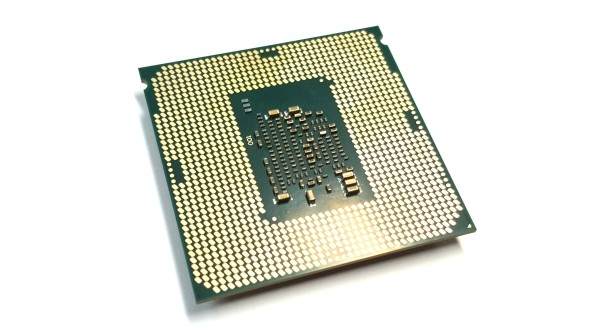
The biggest risk they could take would be to ditch their HyperThreading shenanigans. By that I don’t mean kill off the ability for each core to tackle multiple problems concurrently, but stop turning it off for marketing reasons. At the moment Intel segment their chips in such a way that their top Core i7 CPUs include HT as standard, with the Core i5 processors essentially being the same but without HT. It’s a similar situation lower down the stack for the Core i3 chips.
With the rumours of Intel releasing an eight-core mainstream processor at some point in 2018 that would be the perfect opportunity for them to really take the core-count battle to AMD. The red team have built the House of Ryzen on the huge increase in cores and threads their CPUs have brought to the party, but Intel could easily outgun them by retaining HyperThreading on all their processors.
The Core i7 chips could sit on eight cores and 16 threads, the Core i5 range could then utilise the six-core, 12-thread design, with the Core i3 chips following up with four cores and eight threads. That would level the playing field in the Ryzen vs. Core situation at the 7 and 5 strata, but give Intel a huge lead in the budget sector – traditionally a place where AMD has been nesting.
While this has been mooted as a possible move around their 9th Gen Core it would still require some cojones on the part of Intel. It would mean the Core i3 range suddenly looks an awful lot like the Core i7s of the 7th Gen Core architecture. That’s a big jump, and would make them the go-to for the gamer on a budget, but it would mean Intel swallowing the risk that it might cannibalise the sales of their higher-end, higher-margin processors. Such a move would certainly take the wind out of AMD’s sales as they ride the high seas of high core count CPUs, but whether Intel have the chutzpah to go through with it I don’t know.
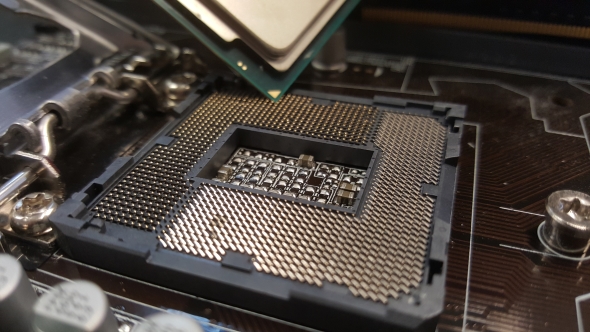
I would suggest they stop releasing tiny, iterative updates to their CPU sockets too. While the future-proofing of AMD’s AM4 platform – the basis for all their mainstream CPUs and APUs until 2020 – is a great bulletpoint feature it’s worth has yet to be tested as we’re still sitting on the first flush of Ryzen chips. But Intel constantly changing chipsets and sockets with each successive generation is getting real old. The fact that people have managed to get Coffee Lake operating on the 100- and 200-series motherboards is quite damning, especially given that we’ve effectively been sat on the same ol’ 14nm architecture for years.
The biggest thing Intel can do to take the fight to AMD, however, is get Raja to magic up a discrete graphics card to put the fear of Koduri into his former employers. I can almost guarantee that won’t happen, but if Intel can start talking seriously about what Raja Koduri is up to in the discrete GPU arena, with a few potential hints at where they’re aiming performance at, we could be very much on the way to a third way for graphics cards.
In an ideal world Intel would come back hard against the AMD incursions, which is historically what’s happened whenever the AMD horde has been at the border, and that would only benefit us consumers. After years of stagnation and barely iterative product releases, however, there is always the chance that Intel will remain mired and immovable. That would mean a few slight tweaks to their release schedule, and nothing major. Fingers crossed Brian Krzanich’s risk-taking Christmas message will bear fruit and won’t just be a desktop Core i9 with eight cores.
